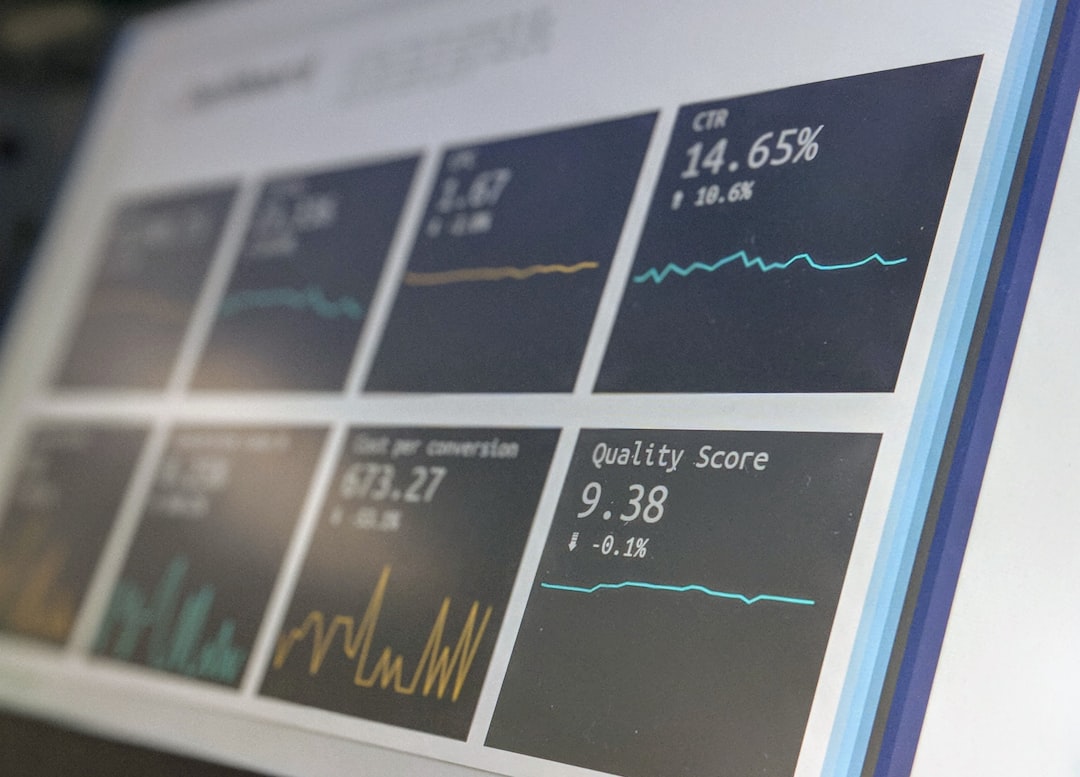
Guide to Understanding Economic Policies: A Comprehensive Overview
# Introduction. Understanding economic policies is essential for anyone interested in how governments manage their economies. These policies influence everything from inflation rates to employment opportunities and affect individual lives on a daily basis. This guide will break down the various economic policies, their implications, and their relevance in today’s ever-changing economic landscape. # What are Economic Policies?. Economic policies refer to the actions taken by a government to influence its economy. They encompass a wide range of strategies, including fiscal policy, monetary policy, and trade policy. Fiscal policy involves government spending and taxation decisions, while monetary policy is controlled by a country’s central bank and regulates the money supply and interest rates. Trade policy, on the other hand, deals with tariffs, trade agreements, and regulations affecting international trade. Understanding these concepts is crucial for evaluating current economic events and their long-term implications. A solid grasp of economic policies can empower citizens to engage in informed discussions about economic issues, thereby fostering a more democratic society. # The Importance of Fiscal Policy in Economic Management. Fiscal policy plays a vital role in managing a nation’s economy through government spending and taxation. By adjusting tax rates and increasing or decreasing government expenditures, governments can influence aggregate demand. For example, during an economic recession, a government may implement tax cuts or increase public spending to stimulate economic activity. On the other hand, during periods of excessive inflation, governments may reduce spending or increase taxes to curb economic overextension. The effectiveness of fiscal policy can be influenced by several factors, including the current state of the economy, consumer behavior, and external economic conditions. Policymakers must carefully balance these factors to ensure that fiscal measures support sustainable economic growth. # Understanding Monetary Policy and Its Tools. Monetary policy, conducted by a country's central bank, is designed to control the money supply and interest rates. Central banks utilize various tools to achieve their policy objectives, including open market operations, discount rates, and reserve requirements. For instance, if there’s a need to invigorate an economy, a central bank might lower interest rates. Lower interest rates decrease borrowing costs, encouraging both businesses and consumers to take out loans and spend, thus stimulating economic activity. Conversely, raising interest rates can help control inflation by discouraging spending and borrowing. Central banks must continually analyze economic indicators to make informed decisions regarding monetary policy. # Trade Policies and Their Global Impact. Trade policies determine how countries conduct business with one another, regulating imports and exports through tariffs and trade agreements. Strong trade policies can bolster domestic industries, while poorly designed ones risk economic isolation and harm the overall economy. In the globalized economy, many nations rely on trade for economic growth. For instance, trade agreements, such as NAFTA or the EU’s single market, promote trade by reducing tariffs and simplifying regulations, benefiting all participating nations. Understanding trade policy is vital as it affects jobs, prices, and economic relations between countries, making it an essential component of economic policy analysis. # The Role of Government in Economic Policy Implementation. Governments play a crucial role in the implementation of economic policies through their various branches. Legislative bodies create laws that influence fiscal policy, while executive branches are responsible for carrying out these laws. The central banks are vital for monetary policy implementation, making independent decisions that impact the economy. It’s important to note that public sentiment and societal needs can also shape economic policy. Policymakers must consider the views and interests of their constituents to create effective policies that encourage transparency and accountability. Additionally, in a democratic society, citizens have the power to influence economic policies by voting in representatives who align with their economic interests. # Challenges Facing Economic Policies Today. Today's economic world is characterized by rapid change and complexity, presenting numerous challenges to effective policy-making. Global crises, such as pandemics and financial crises, can severely impact national economies, necessitating swift policy responses. Moreover, the rise of digital currencies, environmental challenges, and the increasing interdependence of global economies complicate traditional policy frameworks. Policymakers must adapt and innovate to meet these challenges, remaining vigilant for new economic threats while fostering resilience. # Conclusion. Understanding economic policies is critical for navigating today's intricate economic landscape. From fiscal and monetary tools to trade strategies, each policy plays a unique role in shaping economic outcomes. By staying informed about how these policies work and their effects on society, individuals can engage responsibly with economic issues and advocate for informed policy decisions that benefit everyone. As we continue to face new challenges, a solid understanding of economic policies will be more important than ever. .









